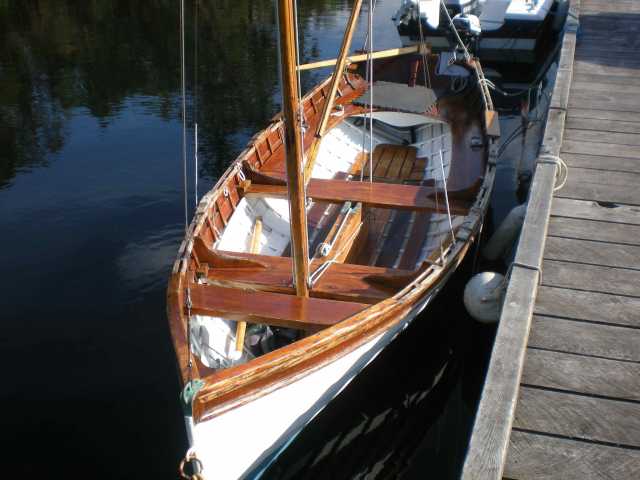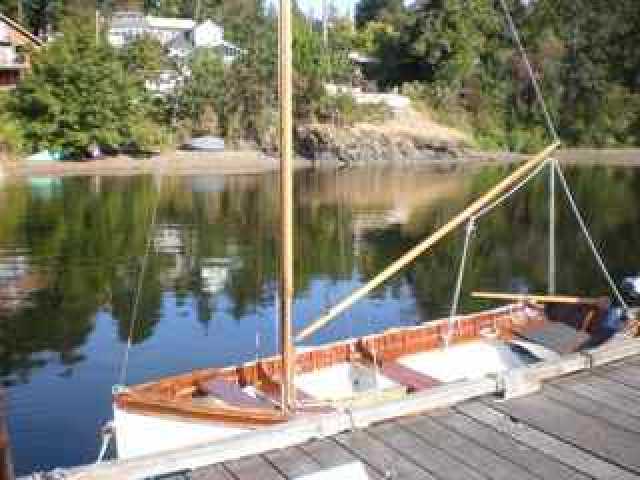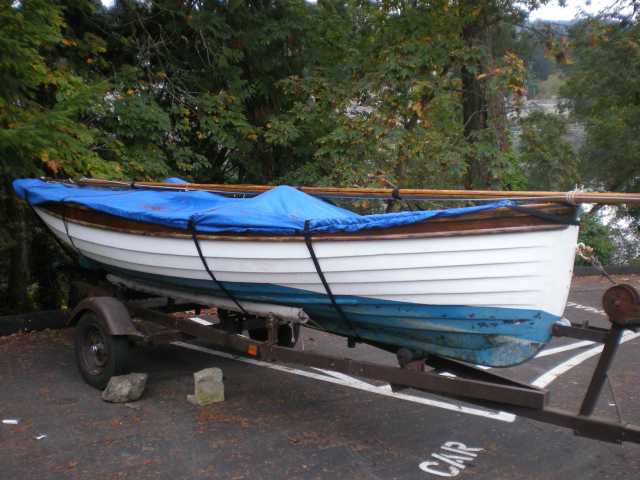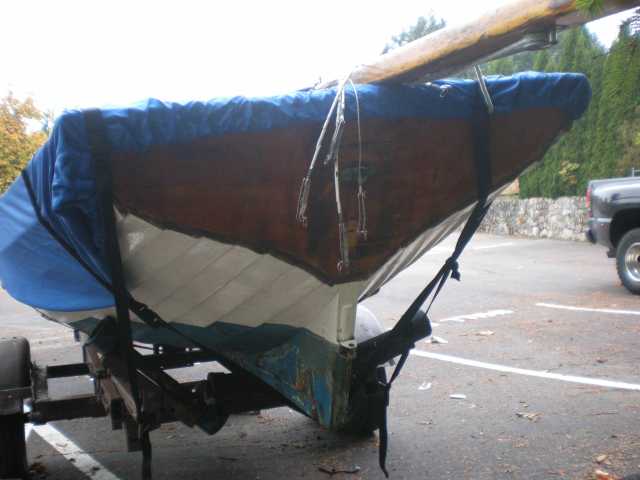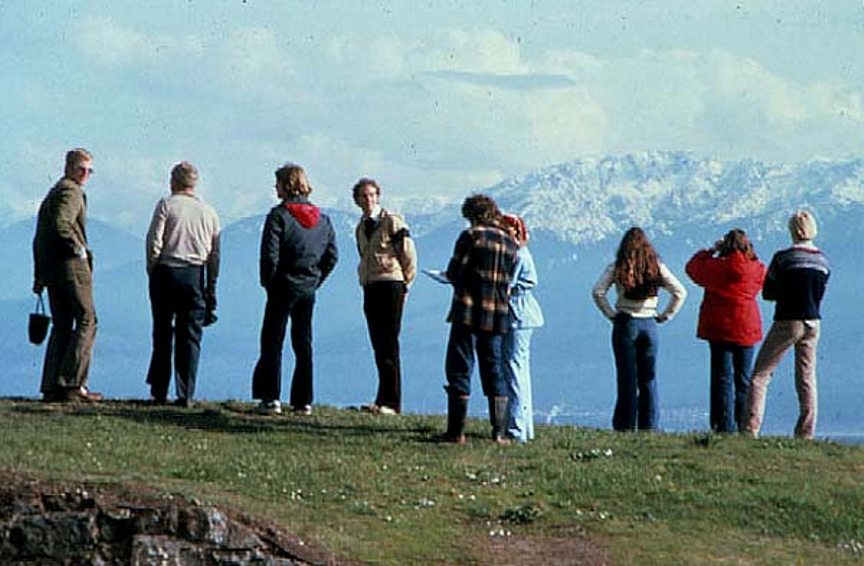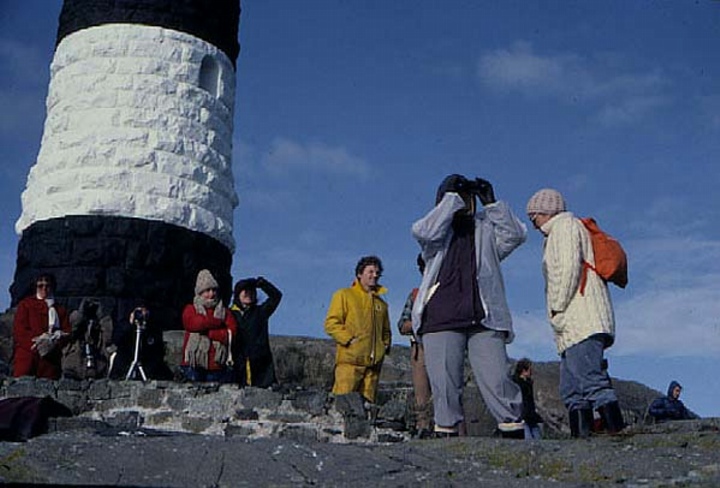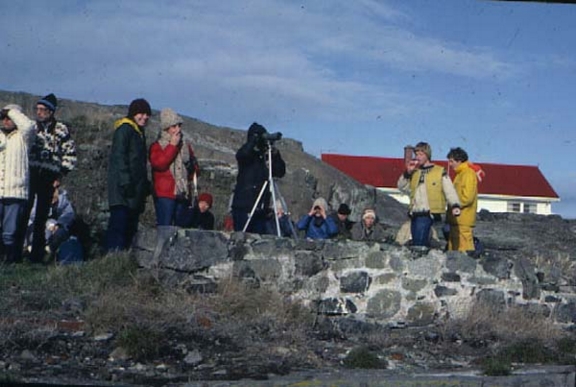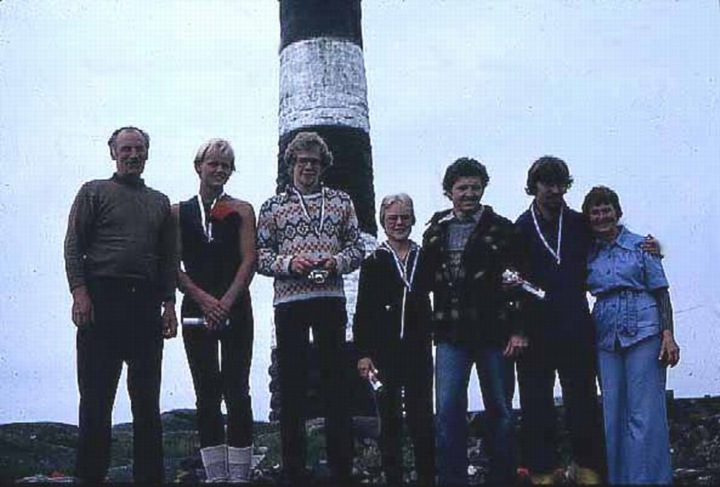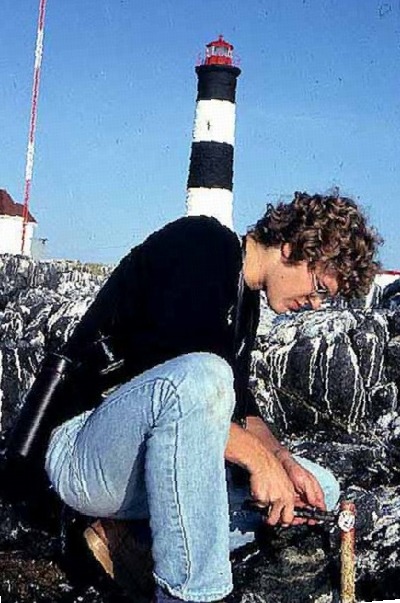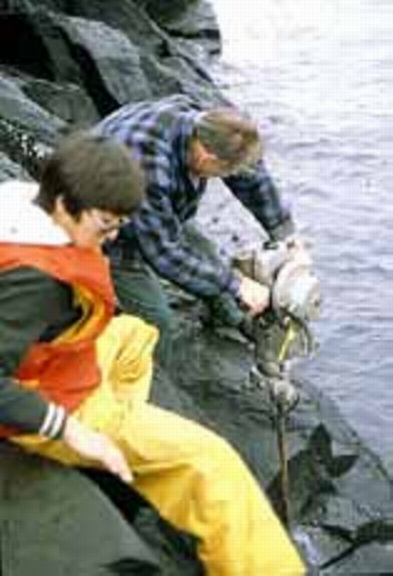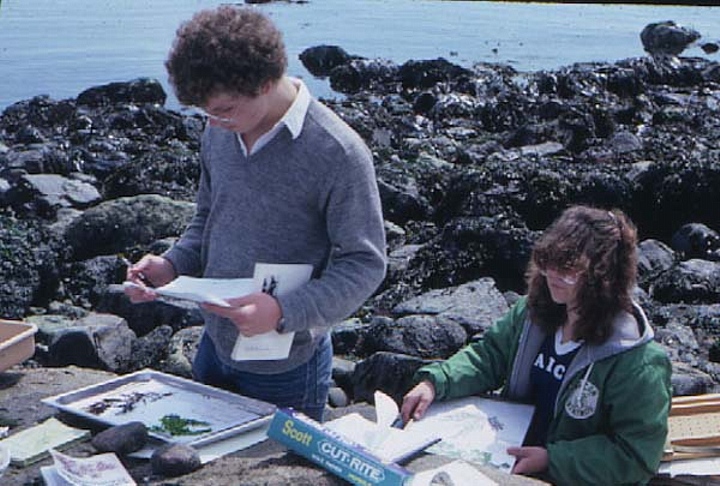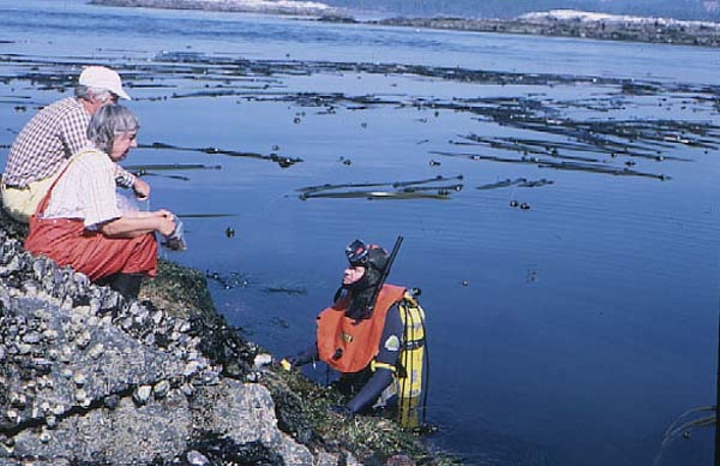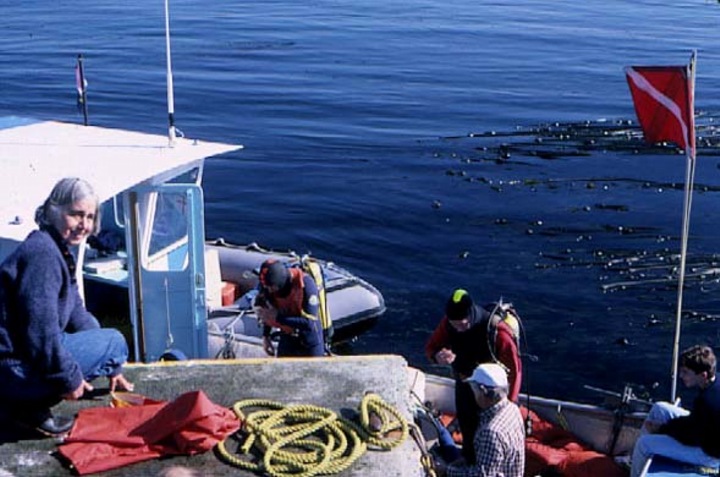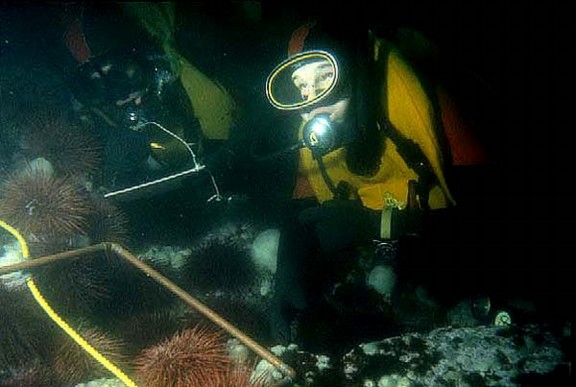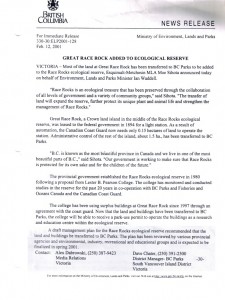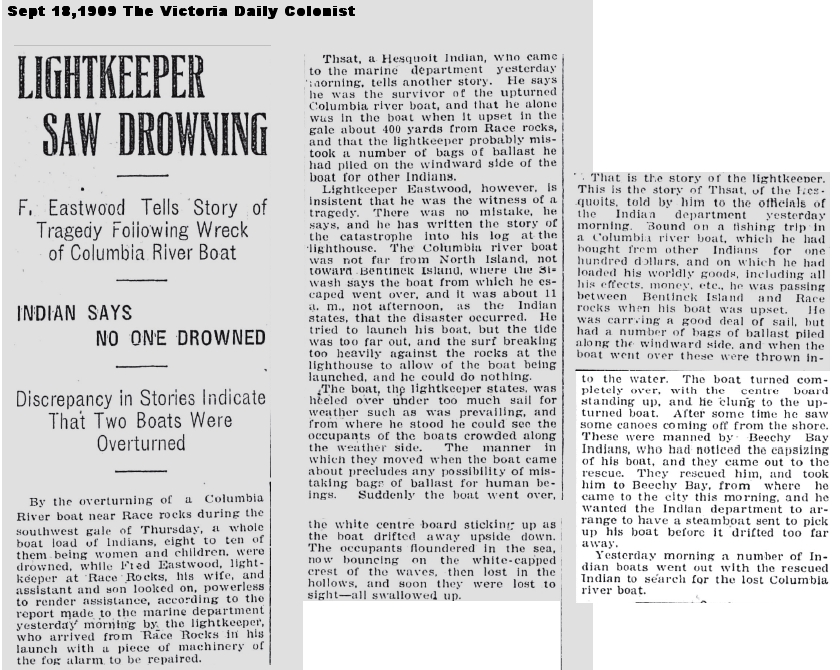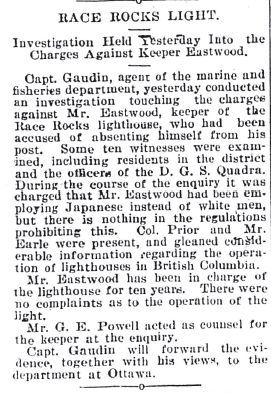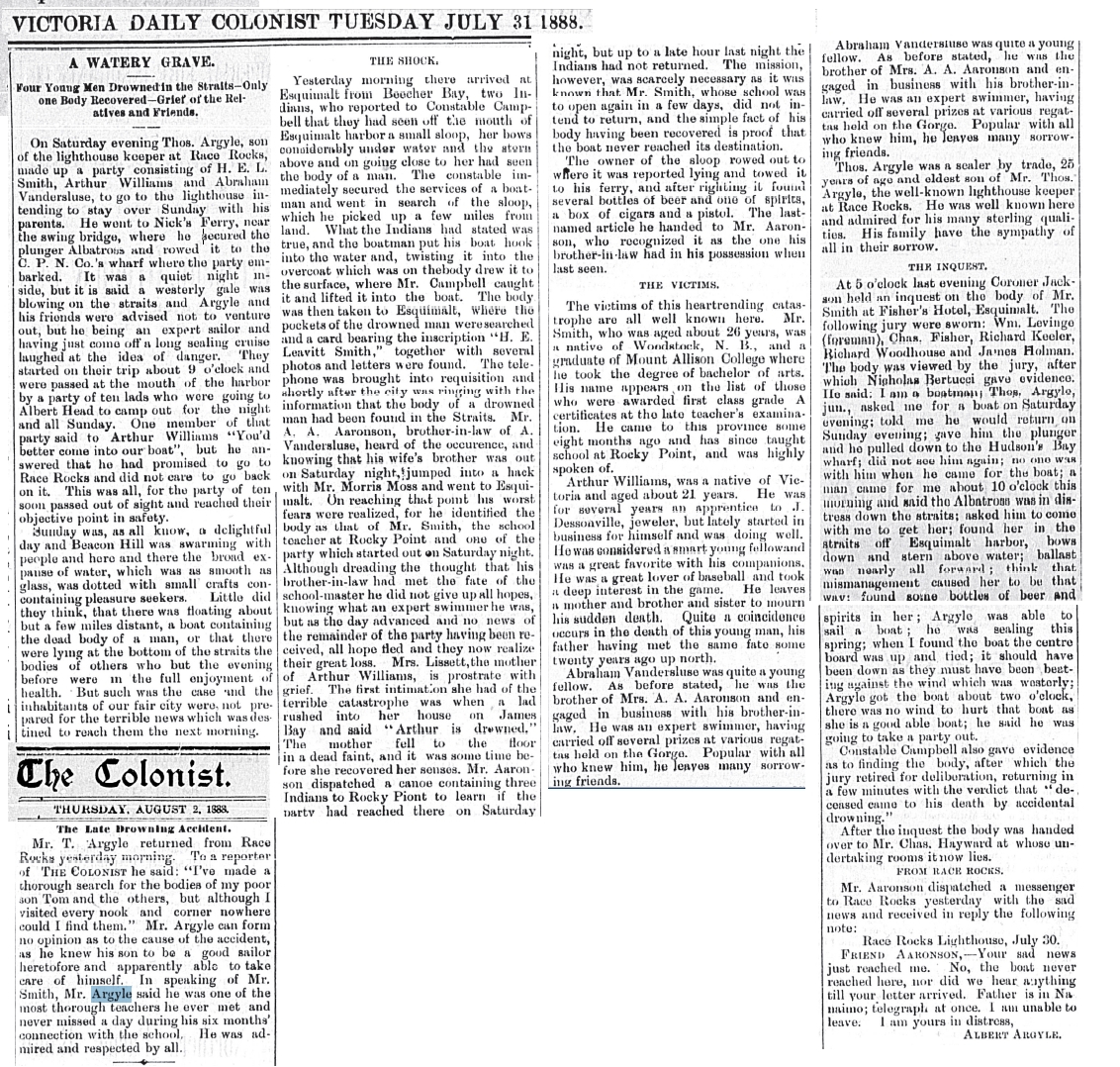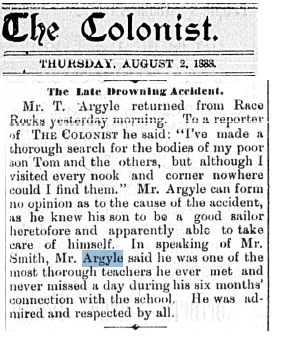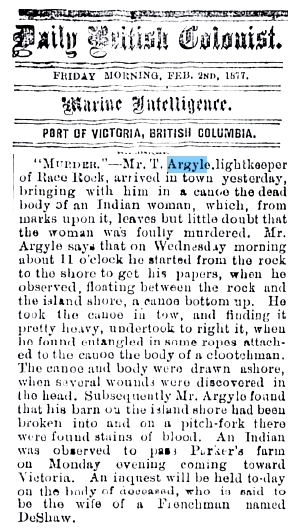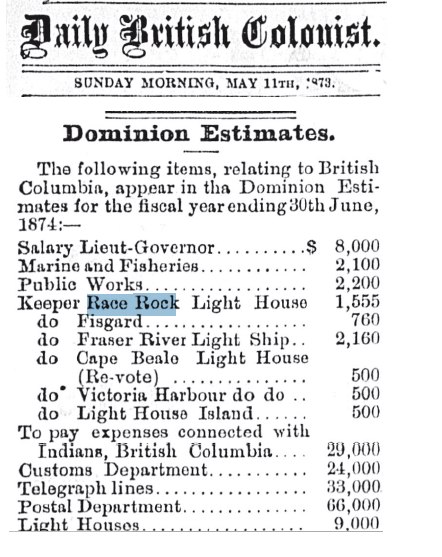July 20 1859: House of Assembly Notice of Intention to select sites for the two lighthouses
Aug 12-1859: HMS Plumper with Capt. Richards left Esquimalt to select a site for the lighthouse on Race Rocks
Sept 19, 1859: Last evening three “square rigged ” vessels were inside Race Rocks heading towards Victoria.
Dec.25 1859: Wreck of the Idaho still afloat in Strait of Juan de Fuca
April 12 1860: HMS Topaze is stationed in Victoria.. See story on our history page of their crew providing labour on Race Rocks Tower Construction
April 14 1860 House of Assembly re appropriations for Race Rocks and FIsgard.
April 26, 1860: Estimates for erection of public works.. Race Rocks and Fisgard
May31860: Band from the H.M.S.Topaze leads the Mayday parade.: Further evidence of this ship being stationed in Victoria while its crew helped build the tower at Race Rocks. Plus two other articles.
June 09, 1860 Mr. Morris , Civil Engineer now erecting the lighthouse at Race Rocks—Home government appropriates 7000 pounds for the construction of the two lighthouses.— 3500 to be paid by the Imperial government, , the other half by this colony and British Columbia– “In that case we ought to have had the right to select the lightkeepers as there are many persons her just as well qualified as any that can be imported from England”
June 30, 1860 A discussion arose as to whether the Home Government, British Columbia or Vancouver Island had to pay for the lightkeepers.
and July 05, 1860 The Assembly discusses who should pay the wages for the lightkeepers.–
Mr. Franklin ” The Home government having built the lightouses and stocked them , it was natural to suppose that they should pay for their keeping”—
July 20 1859 House of Assembly dispatches have passed between the Governor
(Sir James Douglas) and Sir L.B. Lyton ( British parliament) regarding payment for the two lighthouses.
August 28 1860 Letter from “an old sailor” on payment for Pilotage. Vessels coming in from San Francisco would pick up a pilot off Race Rocks.
August 30,1860: The gun boat “Forward” receives the two lanterns for the l;ighthouses which have just arrived from England by the “Grecian”
December 25 1860 to Jan23, 1861. Several articles relating to the wreck of the Nanette off Race Rocks:
Dec. 25 1860 Total Loss of the British Barque Nanette, wrecked on Race Rocks
Dec 27, 1860 Pilotage bill not passed yet–two days ago the Nanette sank on Race Rocks.. On Nov 9 a pilot lost his life..—The pilots say they cannot maintain a boat outside because the remuneration they receive is insufficient to support them—
–Jan.15 1861: the schooner “Rebecca” was caught stealing from the wreck of the Nanette on Race Rocks
Jan 22, 1861 Reference to loss of the Nanette on Race Rocks.
Jan 23, 1861 Reference to Nanette as one of several shipwrecks.
Jan. 26, 1861 Two men arrested for stealing goods from the Nanette wrecked at Race Rocks
Feb.1 1861 Court of Naval Inquiry re theft from wreck of Nanette.
Feb. 9 1861 Captain of Schooner Rebecca accused of stealing from wreck of Nanette
Feb.11 1861 Court of Naval Inquiry re : Wreck of Nanette
Feb.13 1861 he Nanette is sold at auction for $650.00
Dec.27, 1860—the beacon on Race Rocks was lighted last evening for the first time—
Jan. 26, 1861 False Alarm–Two heavy guns heard in the direction of Race Rocks
Feb.1 1861 Notice to Mariners about the new light being exhibited in the Light House recently erected on Great Race Rock and cautioning about the strong tides at Race Rocks No ti ice to Mariners of Lighthouse on Race Island , Strait of Juan de Fuca
Directions for Fisgard and Race Rocks — Notice to Mariners;
Feb. 4, 1861 Tax assessment for John Morris at Race Rocks of 2500 pounds.
Sept.21 1861 Topaze arrives from Chile , she left here last April (1861) En route took in tow a sloop from the Fannings Islands with starving occupants on board who had resorted to cannibalism in order to survive.
Jan. 08, 1862 Discussion on the Pilot Bill .. Government had killed the passage of an excellent Pilot law in 1860
Dec 10 1862 House of Assembly recognizes the work of Capt. Richards who surveyed and chose the site for Race Rocks.
March 22, 1864 Use of semaphore signal at Race Rocks
Dec. 17, 1866 Death at the Lighthouse Geo. N. Davies first lightkeeper died on Friday night last-
–Feb.5,1867 Disaster to the Ship Nicholas Biddel
Mar.4, 1873 Lightkeeper reports ship aground on Rosedale Reef
May 11, 1873 Dominion Estimates.. gives lightkeepers salaries,
May 29 1873 Lightkeepers spend time blasting and removing large rocks making a landing at Race Rocks1874Sessional Papers- Dominion of Canada-lighthouse repair
1874–Sessional papers on repairs to lighthouse,
Feb2, 1877: “Murder”—– “Mr.T. Argyle arrived in town yesterday bringing with him in a canoe the body of an Indian woman, which , from the marks upon it, leaves but little doubt that the woman was foully murdered.”
Nov. 7, 1877 Wreck of the HMS Swordfish off Beecher bay
Nov. 7, 1877 H.M.S.Opal rescues crew of the Swordfish
Nov. 7 1877Trial of James Argyle for rescuing deserters from a naval ship (Full newspaper page!)
Nov.11,1877 Sale of the Swordfish ( wreckage)
March 22 1881 Report on lack of a granite quarry on Vancouver Island.. This may be evidence that the grey granite of Race Rocks was probably not quarried locally 21 years previous to this date.
March 31, 1881 The tug Etta White rescues American barque Antioch. note reference to the Idaho which later comes aground at RR.
July 31 1888 A watery grave: Thomas Argyle Jr., at 25 years of age the eldest son of lighthouse keeper Thomas Argyle, along with three other friends who were on their way out to Race Rocks to stay overnight with his parents, all drowned in a gale.
Aug 2 1888 Lightkeeper Argyle searches and is unable to find his son and other drowning victims.
Dec 25, 1889 Wreck of the Idaho still afloat after slipping off Race Rocks
Aug 11 1895 A Fortunate Escape: (by the New Zealand Vessel Warrimoo.)
Sept 19 1900 Lightkeeper Eastwood charged with leaving the station and employing Japanese(!!)
June 10 1909 The tug Sea Lion Sunk in Collision--run down by Oceania Vance during thick fog near Race Rocks
Sept 51909 Proposal to build a Fort (Fort Rod Hill) at the entrance to Esquimalt Harbour :
“The width of the Strait East of the Race Rocks is such that a ship of war, keeping well out to sea would be out of range of the guns at Esquimalt or at Fort Macaulay, and would be free to proceed on its way to Vancouver without interuption unless a fort were erected at some point commanding the passage.”
Sept 18 1909 Lightkeeper F.Eastwood saw drowning by the overturning of a Columbia River boat loaded — Hesquiot Indian tells another story—-No one drowned!-
1889-1906 Reference page for entries from the Daily Colonist for Lightkeeper W.P. Phil Daykin


